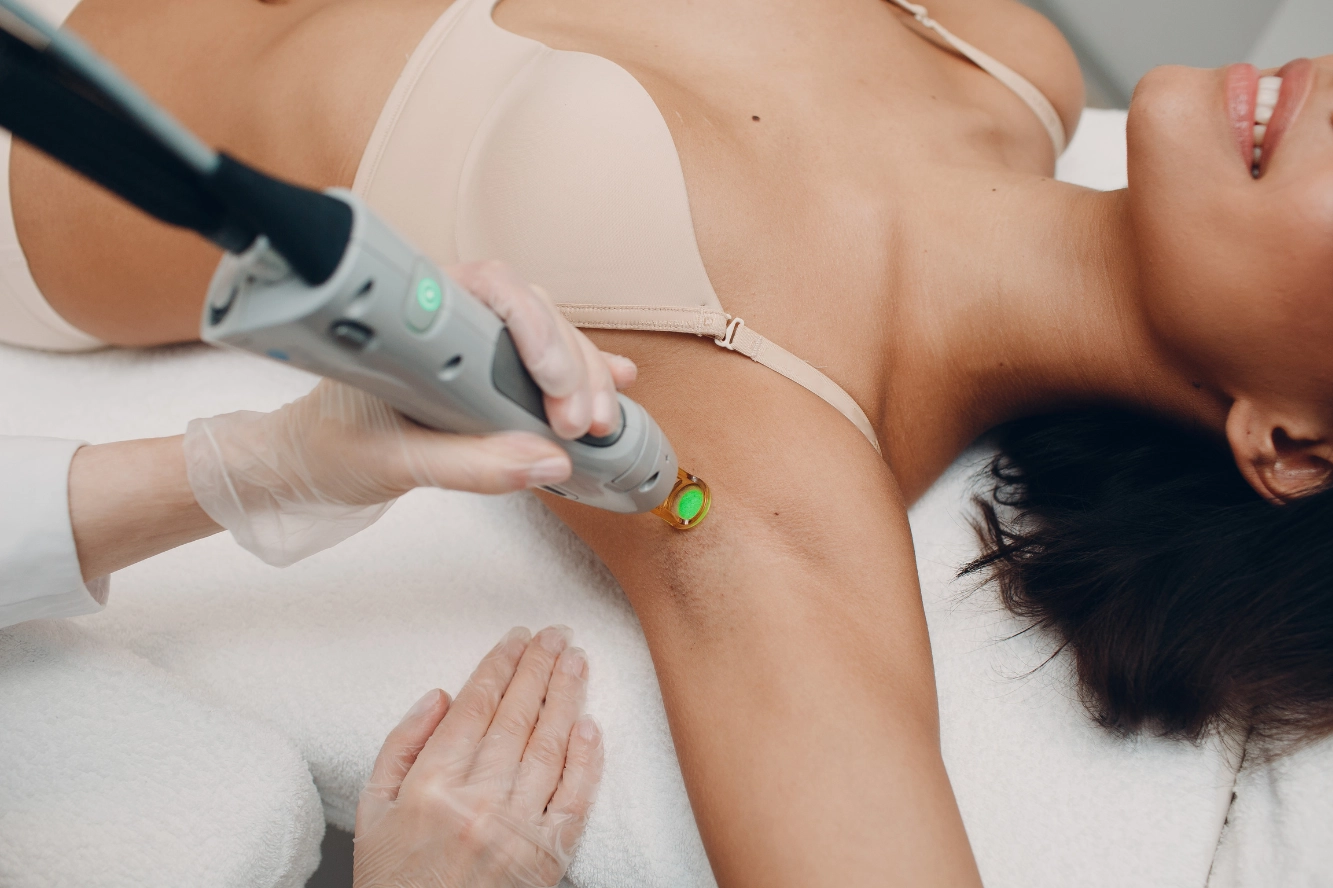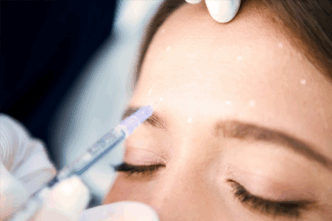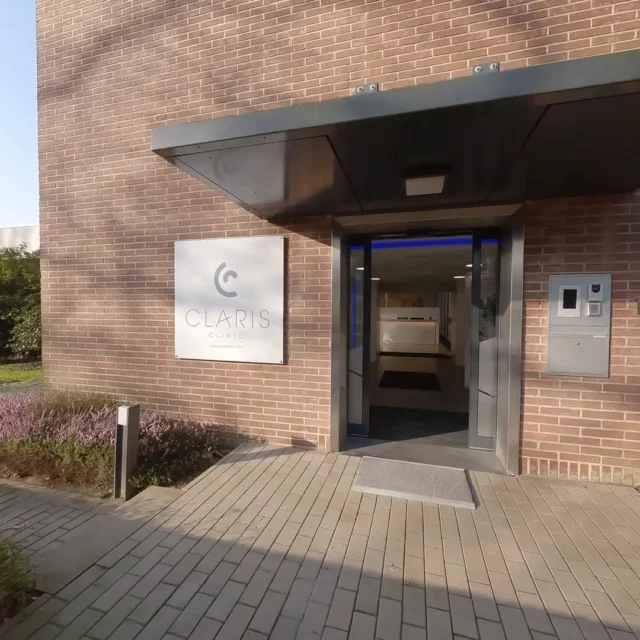Understanding laser hair removal on black or mixed-race skin
Hair removal method
 Laser hair removal uses a concentrated beam of light that specifically targets the hair follicle to destroy it. This process relies on the absorption of light by the melanin present in the hair, heating and destroying the root to prevent regrowth.
Laser hair removal uses a concentrated beam of light that specifically targets the hair follicle to destroy it. This process relies on the absorption of light by the melanin present in the hair, heating and destroying the root to prevent regrowth.
This method is renowned for its precision and effectiveness on many skin types, but requires great caution on black or mixed-race skin. Indeed, melanin is also abundant in dark skin, which can lead to excessive absorption of the laser by the skin, increasing the risk of side effects.
How it works on different skin types
The laser works thanks to the difference in contrast between the color of the hair and that of the skin. On light skin with dark hair, the laser effectively targets the hair’s melanin without damaging the skin. On the other hand, on black or mixed-race skin, where melanin is present in greater quantities in the skin, the laser must be precisely calibrated. Incorrect adjustment can lead to burns or pigmentation disorders.
Key points to remember:
The melanin in dark skin increases the risk of laser absorption by the skin.
The lasers used should have specific wavelengths (e.g. Nd:YAG) better suited to darker skin types.
Power, pulse duration and frequency settings are essential for safety.
Advantages of laser hair removal
Duration of effectiveness
Laser hair removal offers a lasting solution to hair reduction, with visible results from the very first sessions. Even for black and mixed-race skin, a suitable protocol can achieve a significant reduction in hairiness over the long term, reducing the need for frequent shaving or hair removal.
Reduced hair regrowth
The laser acts on hair in the anagen phase (growth phase), which explains why several sessions are needed to treat all the hair. Over the course of treatments, hair density gradually decreases and regrowth becomes finer, lighter and less dense, improving daily comfort.
Potential risks of laser hair removal
Possible skin reactions
After a laser hair removal session, it is common to observe :
Localized redness
Sensations of heat or tingling
Slight temporary irritation
These reactions are generally benign and disappear within a few hours to a few days. However, in black or mixed-race skin, they can be more pronounced and last longer.
Risk of hyperpigmentation
Hyperpigmentation manifests itself as darker spots on the skin after treatment. This phenomenon is linked to excessive stimulation of melanocytes by laser light. It is particularly frequent in darker skins if laser parameters are not adapted, or in the event of inappropriate sun exposure before or after the session.
Impact on black or mixed-race skin
Black and mixed-race skin is particularly sensitive to certain undesirable effects, including :
Superficial or deeper burns
Hypopigmentation (lighter spots)
Scars or keloids in cases of severe inflammatory reaction
It is therefore crucial to be vigilant and to choose a competent practitioner who is familiar with these specificities.
Specific risks
Precautions to be taken
To minimize risks on black or mixed-race skin, you must :
Choosing a specialist with experience in laser hair removal for darker skins
Use appropriate lasers
Test a small area before the full treatment
Follow preparation and post-treatment follow-up instructions
Factors to consider before laser hair removal
 Skin type
Skin type
Knowing your phototype (Fitzpatrick classification) is essential for adapting your technique. The phototype determines the quantity of melanin and therefore the risk of adverse reactions.
Skin sensitivity
Some skins are naturally more sensitive and reactive. Special attention must be paid to these cases to avoid inflammation and complications.
Individual risk assessment
Each person has a unique reaction to laser treatment. A full preliminary consultation is necessary to assess the risks and adapt the protocol.
Prior consultation
This step includes :
Skin and hair analysis
Medical and dermatological check-up
Identification of contraindications (medications, illnesses, recent sun exposure)
Discussion of expectations and information about the process
Medical history
A history of pigmentation disorders, skin diseases or certain medications may prohibit laser hair removal.
Specific techniques to reduce risks
Adjusting laser parameters
The practitioner modifies :
The right wavelength to penetrate darker skin
Power to limit excessive heat
Pulse duration to avoid overheating
Recommended post-waxing care
To promote healing and prevent complications:
Apply soothing and moisturizing creams
Avoid direct exposure to the sun for several weeks
Wear effective sun protection
Do not scrape or rub the treated area
Follow-up after laser hair removal
Monitoring skin reactions
Regular follow-up with the practitioner enables us to quickly identify any abnormal reaction and intervene if necessary.
Treatment of complications
In the case of burns, pigmentation spots or scars, a suitable dermatological treatment (creams, laser correction, etc.) may be prescribed.
Recommendations for minimizing risk
Strict compliance with pre- and post-session instructions
Avoid exposure to the sun for at least 4 weeks before and after the treatment.
Do not apply irritating products to the treated area
Maintaining good skin hygiene
Conclusion
Laser hair removal on black or mixed-race skin is an effective, long-lasting solution, provided certain precise rules are followed. The key to success lies in the choice of an experienced professional, good individual assessment and rigorous follow-up. With the right vigilance, it’s possible to enjoy the benefits of laser hair removal while minimizing the specific risks associated with dark skin pigmentation.




